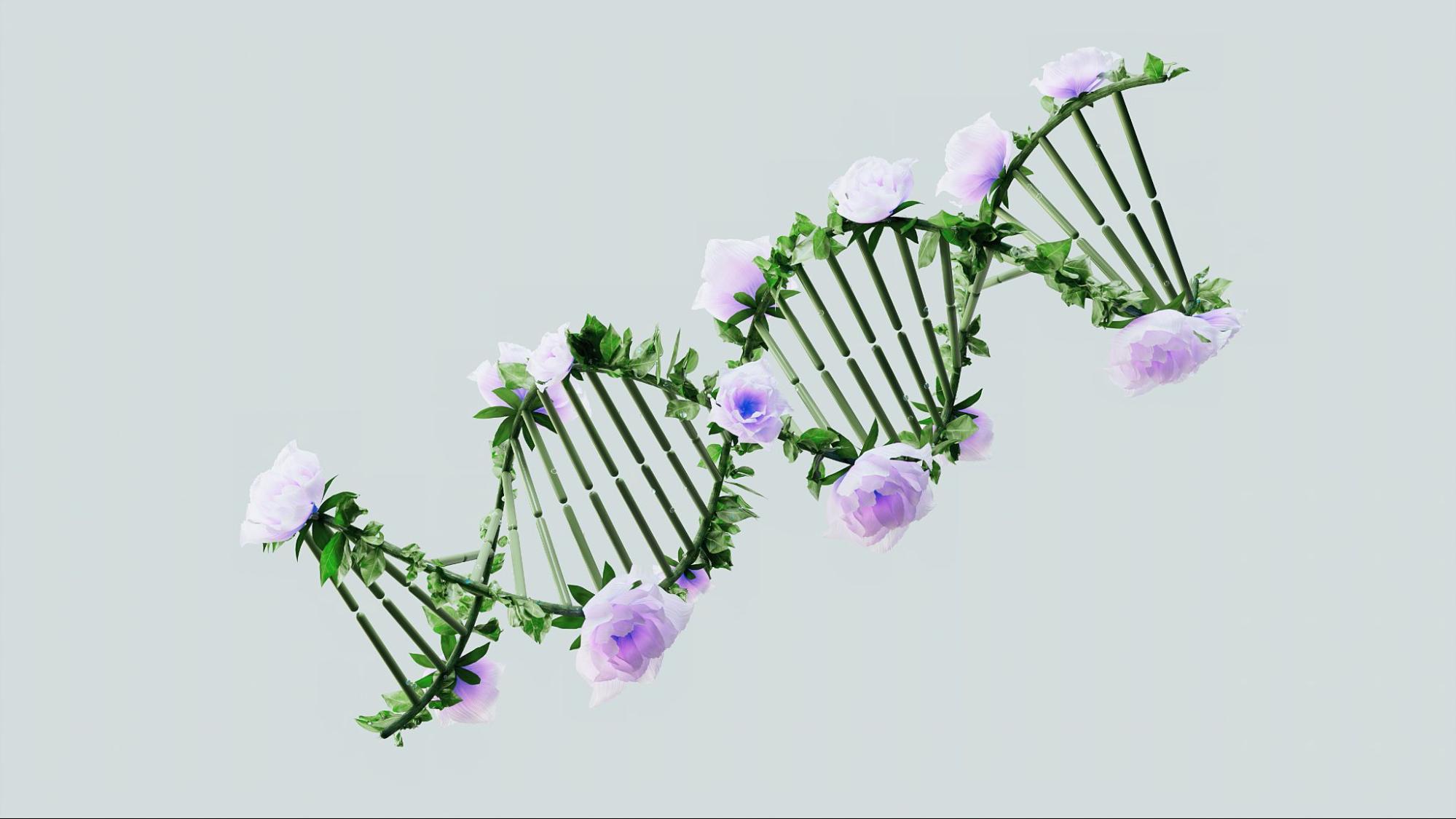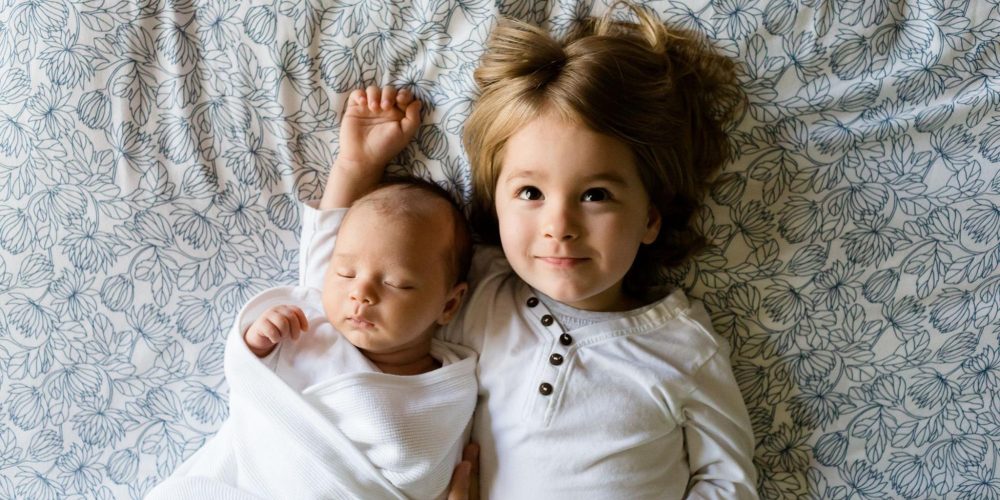Do Brothers And Sisters Have The Same Dna
Every individual inherits half of their genetic material from their biological mother and half from their biological father. This combination results in a unique set of genes for each sibling. Although brothers and sisters may have similarities in certain genetic traits, such as eye color or blood type, their overall DNA composition will vary due to the random assortment and recombination of genes during fertilization.
Furthermore, siblings can also inherit different variations of genes known as alleles from their parents. These variations can lead to differences in physical characteristics, susceptibility to diseases, and other inherited traits between siblings. Therefore, while brothers and sisters share some common genetic traits due to their familial connection, they do not possess identical DNA profiles.
What Exactly is DNA And do Brothers And Sisters Have The Same DNA?
DNA, short for deoxyribonucleic acid, is a complex molecule found in almost every cell of our bodies. It serves as the blueprint for life, containing all the genetic instructions necessary for the development, functioning, and reproduction of living organisms. Think of it as a library housing an immense collection of information that determines our physical traits and characteristics.
Each individual inherits half of their DNA from their biological mother and the other half from their biological father. This means that siblings share some portions of their DNA but not all. The specific combination of genes inherited from each parent makes each sibling genetically unique.
To visualize this concept, imagine a deck of cards representing all the possible variations in our genetic code. When parents conceive a child, they shuffle these cards to create a new arrangement unique to that individual. While siblings may receive some identical cards (genes) from their parents’ decks, they will also have many different ones.

How is DNA Inherited?
How DNA is Passed Down From Parents to Children
When it comes to understanding how DNA is inherited, it’s important to start with the basics. DNA, or deoxyribonucleic acid, serves as the blueprint for our genetic makeup. It contains all the instructions that determine our physical traits and characteristics. The process of passing down DNA from parents to children occurs through a mechanism known as genetic inheritance.
During reproduction, each parent contributes half of their genetic material to their offspring. This happens through the combination of their respective egg and sperm cells, which contain a unique set of genes. These genes are segments of DNA that carry specific traits such as eye color, hair texture, or blood type.
Do Siblings Share The Same DNA?
While siblings share some similarities in their DNA due to inheriting genetic material from the same parents, they do not have identical genomes. Each person’s genome is unique because during reproduction, there is a process called recombination that shuffles and mixes up the parental chromosomes.
Recombination plays a crucial role in introducing variation into an individual’s genome by exchanging sections of chromosomes between homologous pairs (i.e., pairs of matching chromosomes). This means that even though siblings inherit genes from both parents, they may receive different combinations and arrangements of these genes due to recombination.
The Role of Genetic Variation in Sibling DNA Differences
Genetic variation is the driving force behind the differences in DNA between siblings. Apart from recombination, genetic mutations can also contribute to further diversity within a family. Mutations are spontaneous changes that occur in the DNA sequence and can be inherited or arise randomly.
These mutations can introduce slight variations in genes, leading to different traits within siblings. For instance, one sibling may have a genetic mutation that affects their ability to taste bitter flavors while another sibling does not possess this particular mutation.
In conclusion, the question of whether brothers and sisters have the same DNA has a straightforward answer: no, they do not. While siblings share a portion of their DNA due to inheriting genetic material from their parents, they each possess unique combinations of genes that differentiate them from one another. It’s important to note that while siblings share some similarities in their genetic makeup due to common ancestry, their individual combinations of genes make them genetically distinct individuals. Overall, understanding that brothers and sisters do not have identical DNA highlights the beauty and complexity of genetics as it shapes who we are as individuals within our families.






